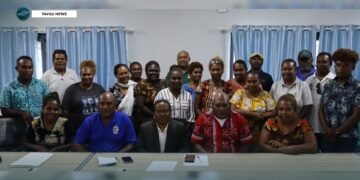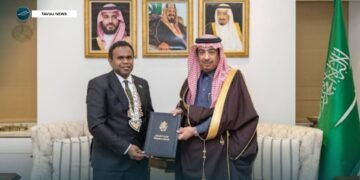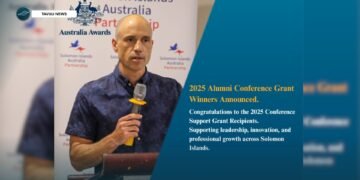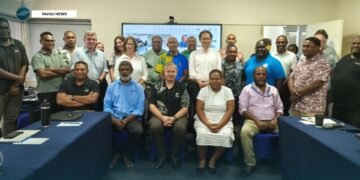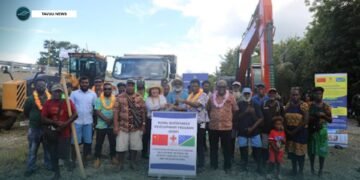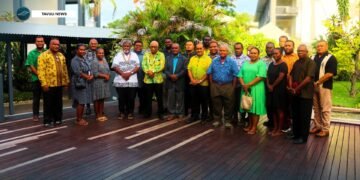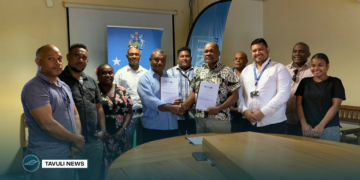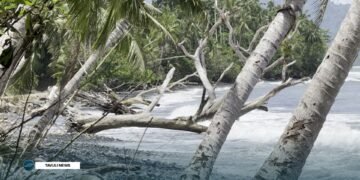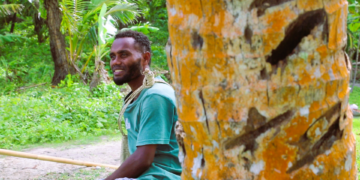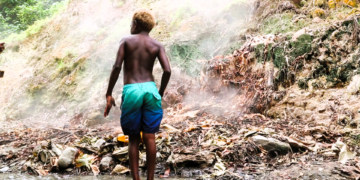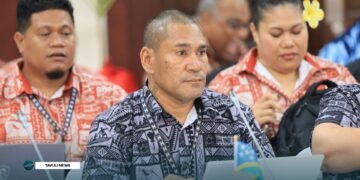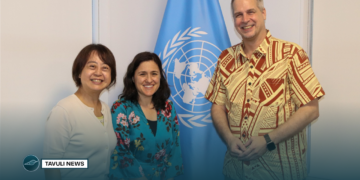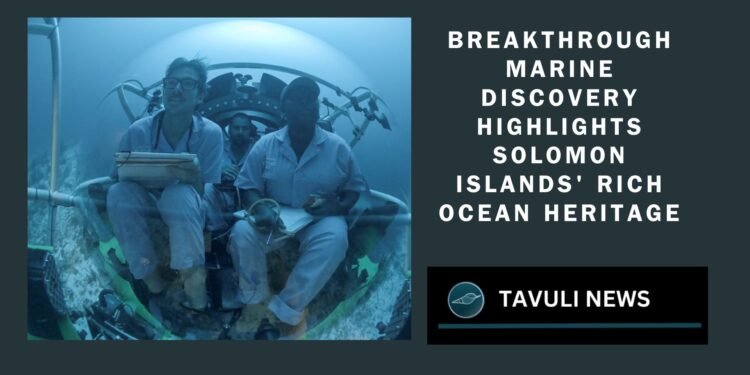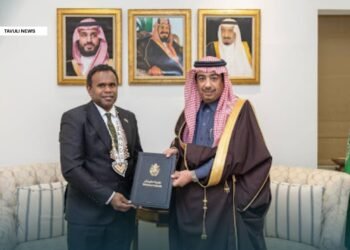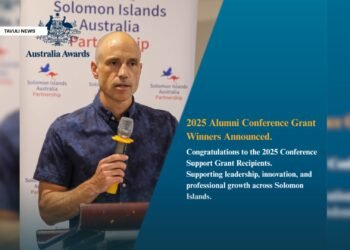Local Leaders Emphasize Cultural Connection to Ocean and Call for Stronger Conservation Efforts
The recent discovery of a massive coral, believed to be one of the largest in the world, has brought global attention to the Solomon Islands’ marine biodiversity. This important breakthrough was made during a month-long expedition involving more than 15 scientists, filmmakers, and conservationists, in partnership with National Geographic Pristine Seas, the Solomon Islands Government, and Ocean12. The research focused on three key areas: Marau in Southeast Guadalcanal, the Three Sisters Islands in Makira-Ulawa Province, and several islands in the Temotu Province. The team employed cutting-edge tools, including environmental DNA sampling, seabird counts, and the use of the Argonauta submersible, to explore and assess the health of the Solomon Islands’ marine environment.
Dennis Marita, Director of Culture at the Ministry of Culture and Tourism and a native of the Three Sisters Islands, emphasized the deep cultural connection that Solomon Islanders have with the ocean. “This discovery reinforces the value of our marine heritage. The ocean defines who we are, and these findings remind us of the need to protect this legacy,” Marita said. This message was echoed by Nelly Kere, Senior Environment Officer at the Ministry of Environment, Climate Change, Disaster Management, and Meteorology (MECDM), who stressed the importance of the ocean to the lives of Solomon Islanders. “Our livelihoods, culture, and identity are deeply tied to the sea. Protecting our marine ecosystems is a priority for both current and future generations,” Kere added.
In addition to the scientific exploration, the expedition also prioritized community engagement. Local students and educators participated in “Ship Days” aboard the research vessel Argo, where they joined scientists in developing educational materials for Solomon Islands schools. This initiative highlighted the importance of involving local communities in the preservation of marine environments.
Dennis Marita, speaking via Zoom with the expedition team, emphasised the need for advocacy in safeguarding the coral’s environment. He pointed to the impact of logging on the mainland, which can result in harmful sediment runoff into the ocean, affecting coral reefs. “It’s not only the logging but also local communities, who sometimes fish near the reefs, that can pose a threat,” Marita explained.
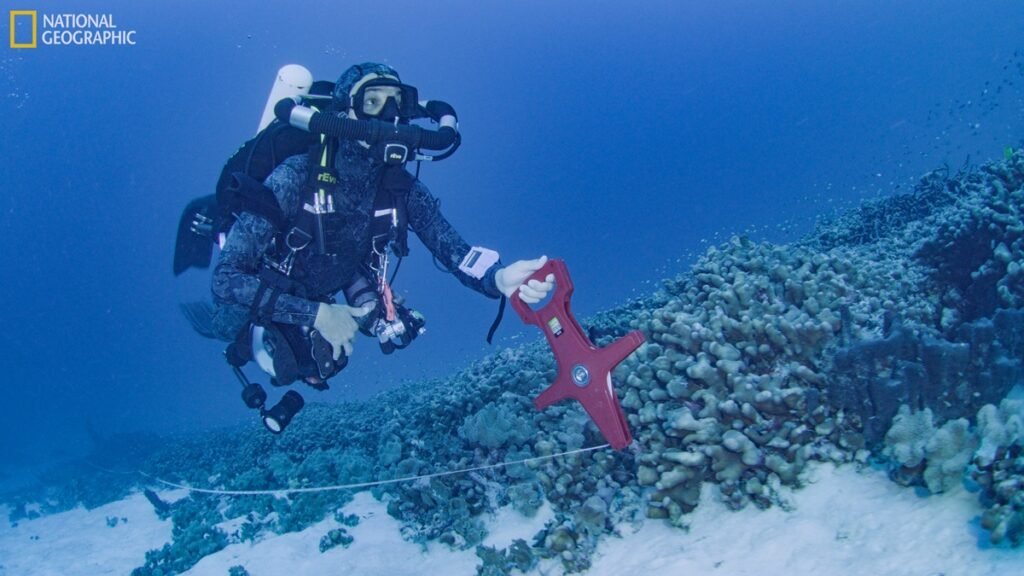

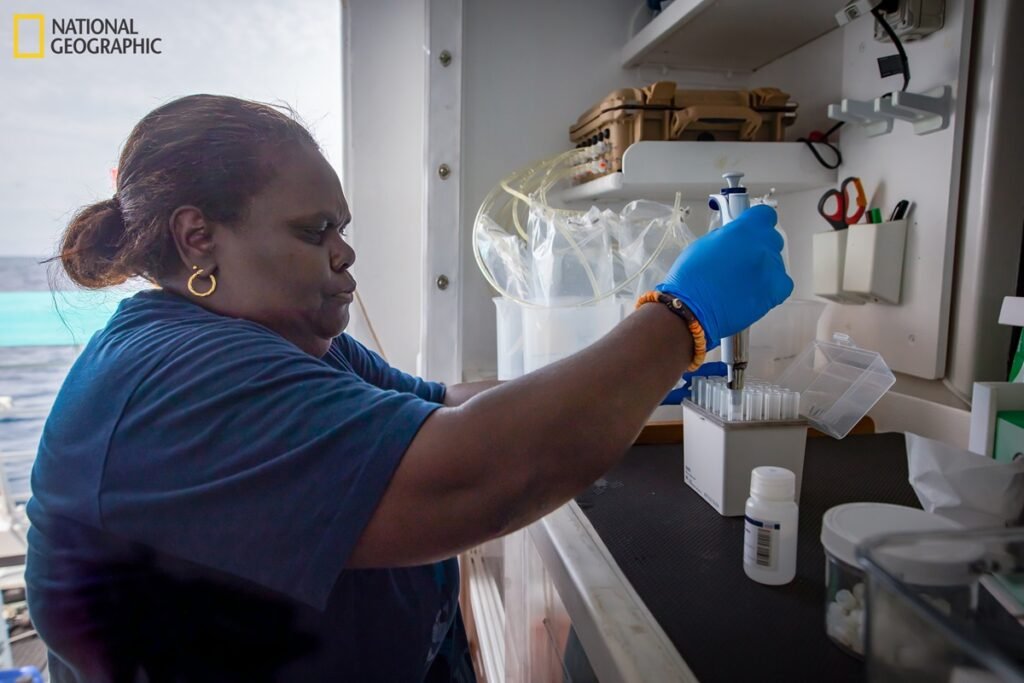

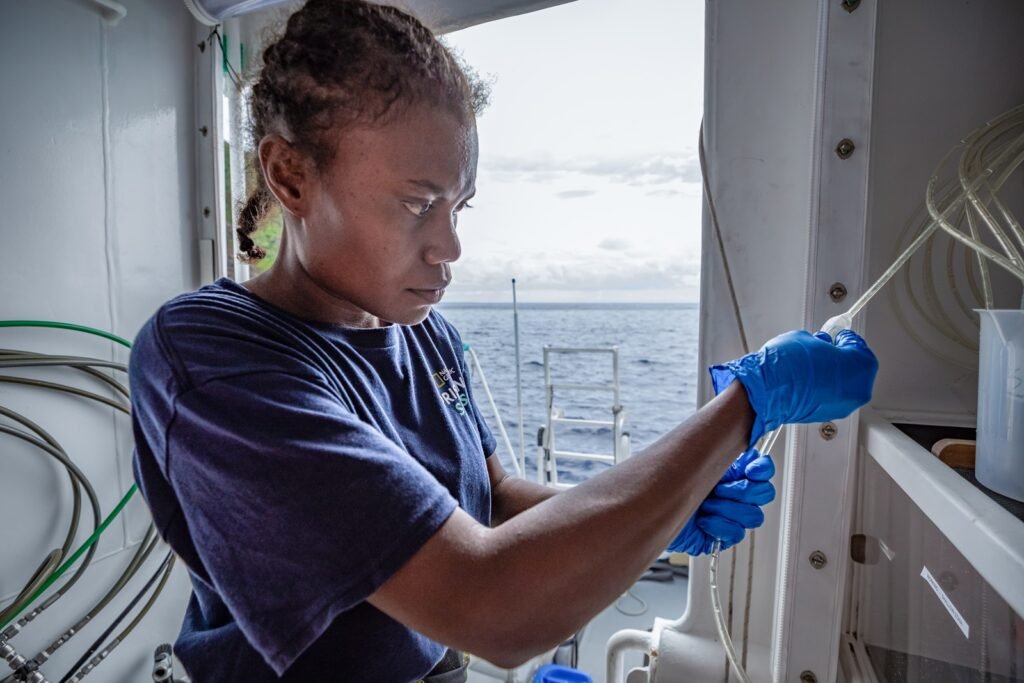
The expedition’s leader, Paul Rose from National Geographic Pristine Seas, described the discovery as a significant achievement. “Making a discovery of this magnitude is the ultimate dream of every scientist and explorer,” Rose said. The coral found near the Three Sisters Islands is believed to be between 300 and 500 years old, with a diameter of more than 30 meters, making it up to three times the size of the previously known largest coral. This discovery is expected to attract significant interest from researchers, marine biologists, and eco-tourists.
The potential for tourism driven by the discovery was emphasized by Marita, who highlighted that the coral could become a focal point for eco-tourism and marine research. “This will attract tourists and researchers who will come to study the coral reefs. But we need to be prepared to safeguard it,” Marita said. The Solomon Islands Government is exploring ways to use this discovery to promote sustainable tourism while ensuring that conservation efforts remain a priority.
The data gathered from this expedition will support the Solomon Islands’ ongoing efforts to expand marine conservation initiatives. The country already has two key conservation areas: the Arnavon Community Marine Park and Tetepare Island, both of which are managed by local communities. Susan Sulu, Permanent Secretary for MECDM, reinforced the importance of protecting the ocean as both a cultural and economic priority. “The ocean supports our economy and is a central part of our culture and identity. Ensuring its health is essential for our nation’s future,” Sulu said.
As the discovery garners global attention, it underscores the value of collaboration between local experts and international scientists. The expedition has provided vital data that will inform the Solomon Islands’ future marine conservation policies. Trevor Hedley Mahaga, Minister for the Environment, expressed appreciation for the findings, stating that the research would help guide future efforts to protect marine resources. “This research provides us with critical insights into the state of our oceans, helping us design strategies to protect our marine environment,” Mahaga said.

